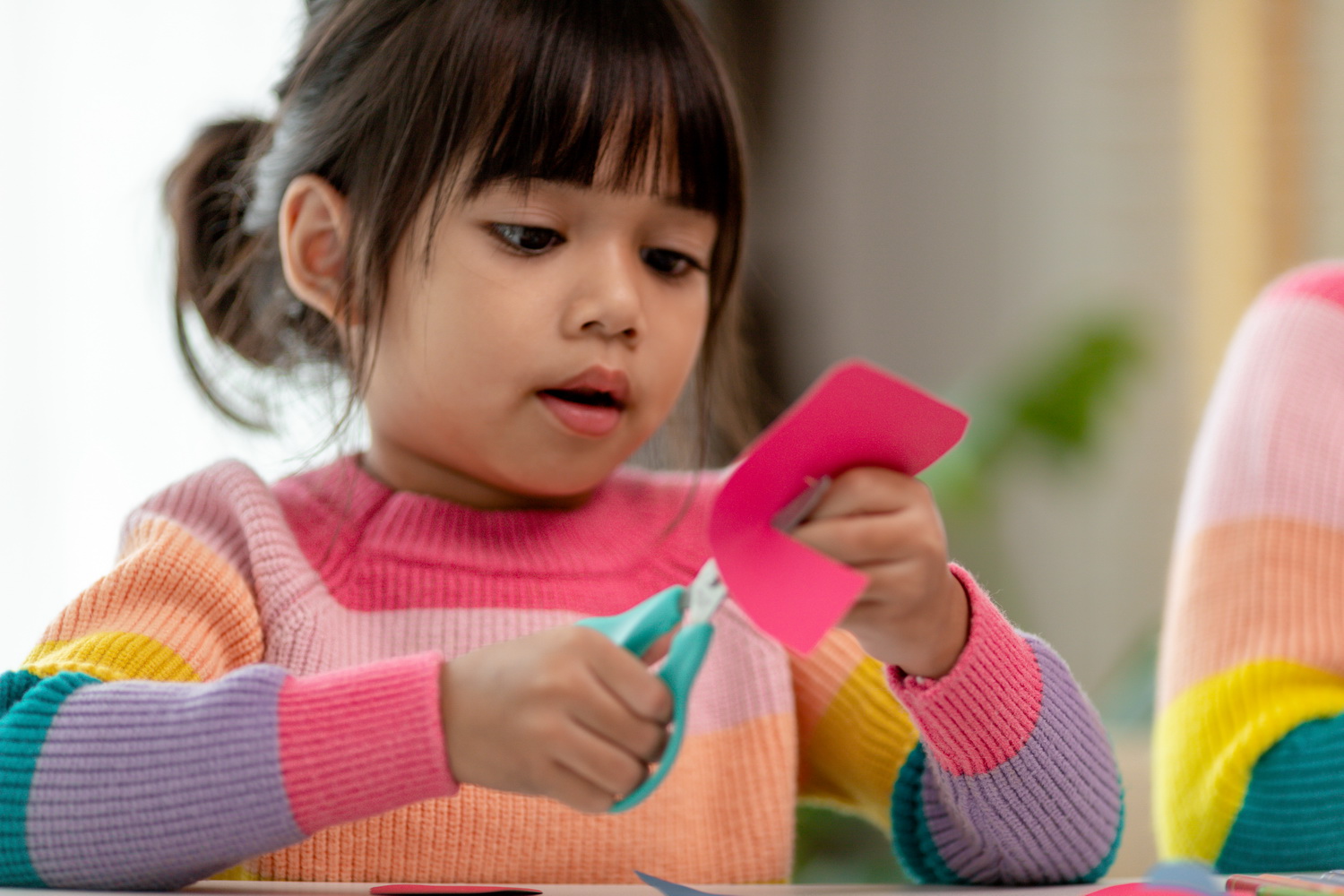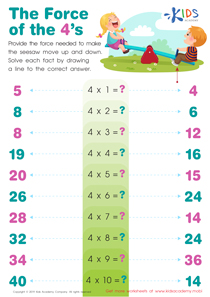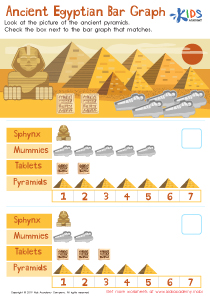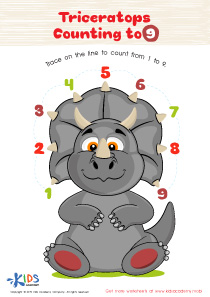Visual Learning Easy Math Worksheets for Ages 5-6
5 filtered results
-
From - To
Discover the power of visual learning with our easy math worksheets designed specifically for children ages 5-6. At Kid's Academy, we understand that young learners thrive when concepts are presented in a clear and engaging manner. Our worksheets use colorful illustrations and interactive activities to make learning math an enjoyable experience. From counting and basic arithmetic to pattern recognition, our resources build a strong foundation for future math success. Encourage your child's love for learning with our visual math worksheets, and watch their confidence soar as they master new skills effortlessly! Start today and make math fun and accessible for your little genius.
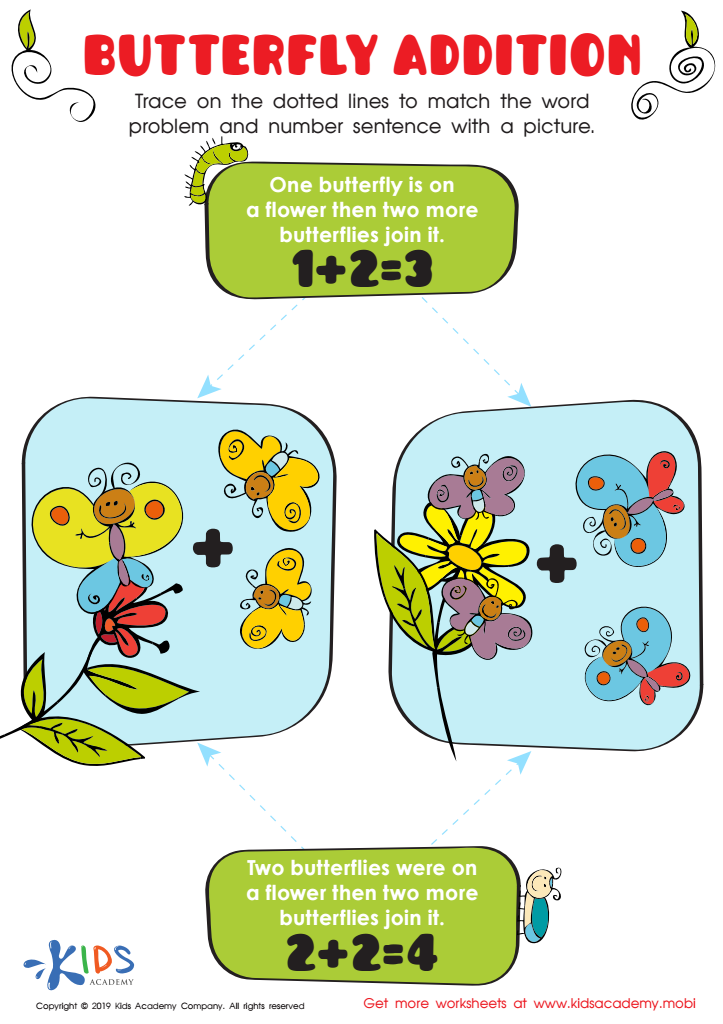

Butterfly Addition Worksheet


Subtracting Socks Worksheet
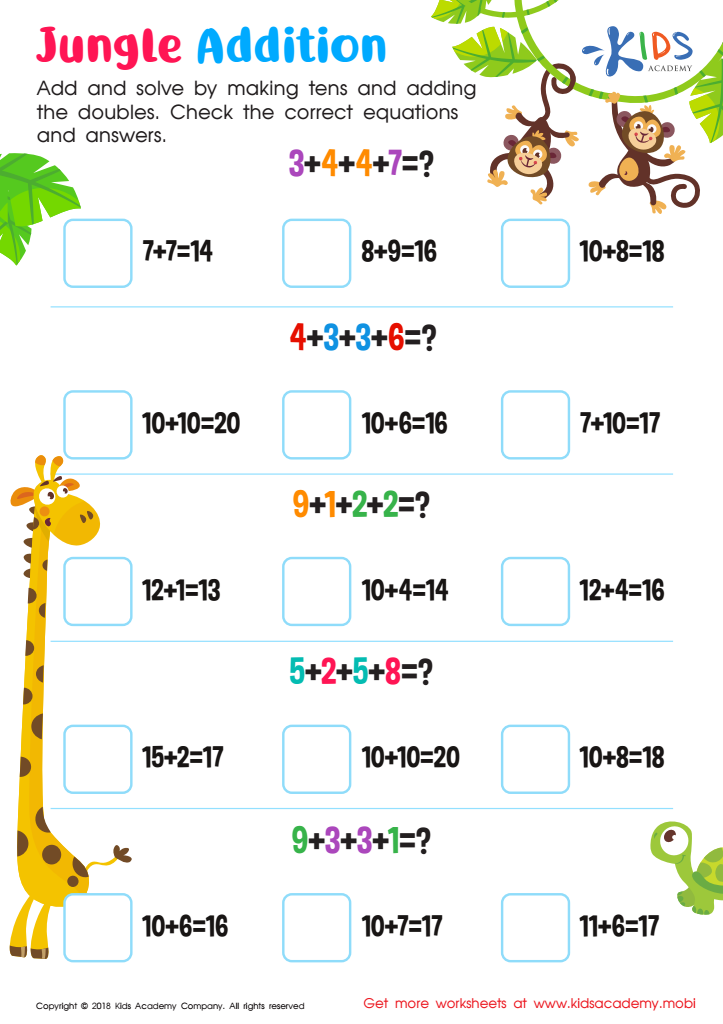

Jungle Addition Worksheet


Addition at the Zoo Worksheet
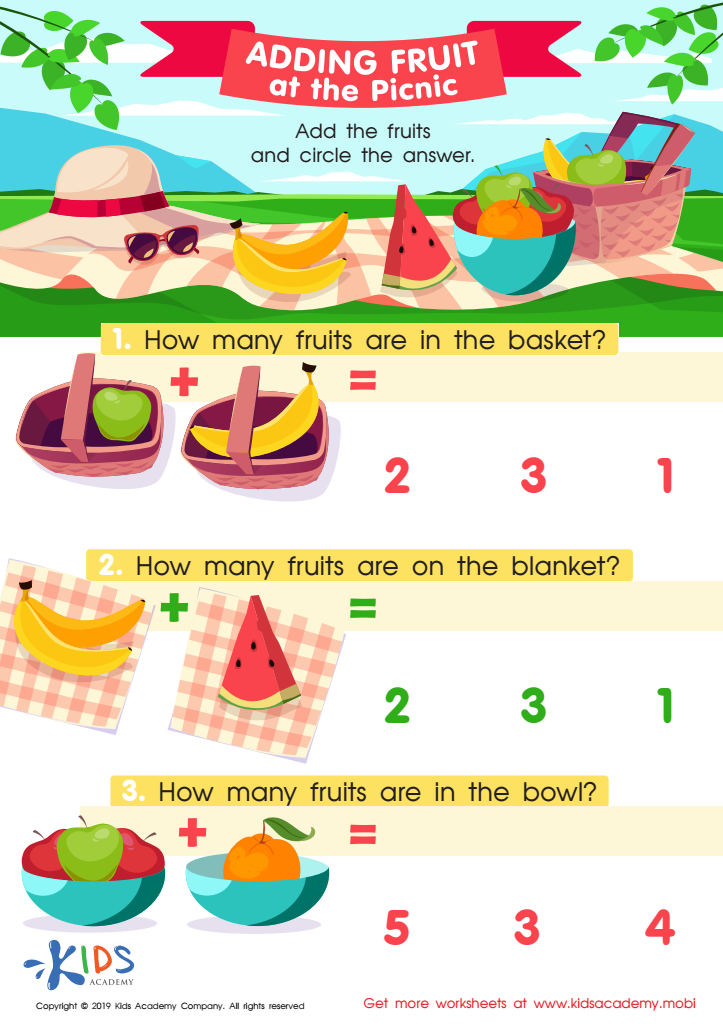

Adding Fruit at the Picnic Worksheet
Parents and teachers should give special attention to Visual Learning Easy Math for ages 5-6 because it aligns with young children's developmental stages, enabling effective learning. At this age, children are highly receptive to visual information, making visual learning tools like pictures, diagrams, and colors extremely beneficial. These tools help to concretize abstract math concepts, enabling easier understanding and retention.
Visual learning strategies bolster engagement and motivation. When math lessons are visually stimulating, children are more likely to enjoy the subject and participate actively. This initial positive experience can cultivate a long-term interest in mathematics.
Moreover, visual learning caters to various learning styles, ensuring that children with different preferences can grasp math concepts effectively. It fosters critical thinking and problem-solving skills, as children learn to analyze and interpret visual data actively.
Early exposure to visual math tools also prepares children for complex mathematical thinking in later grades. Children learn foundational concepts like patterns, shapes, and numbers more intuitively, paving the way for success in future math learning stages.
In summary, prioritizing Visual Learning Easy Math for young learners equips them with essential skills, fosters a positive learning environment, and lays a strong mathematical foundation essential for their academic journey.
 Assign to My Students
Assign to My Students






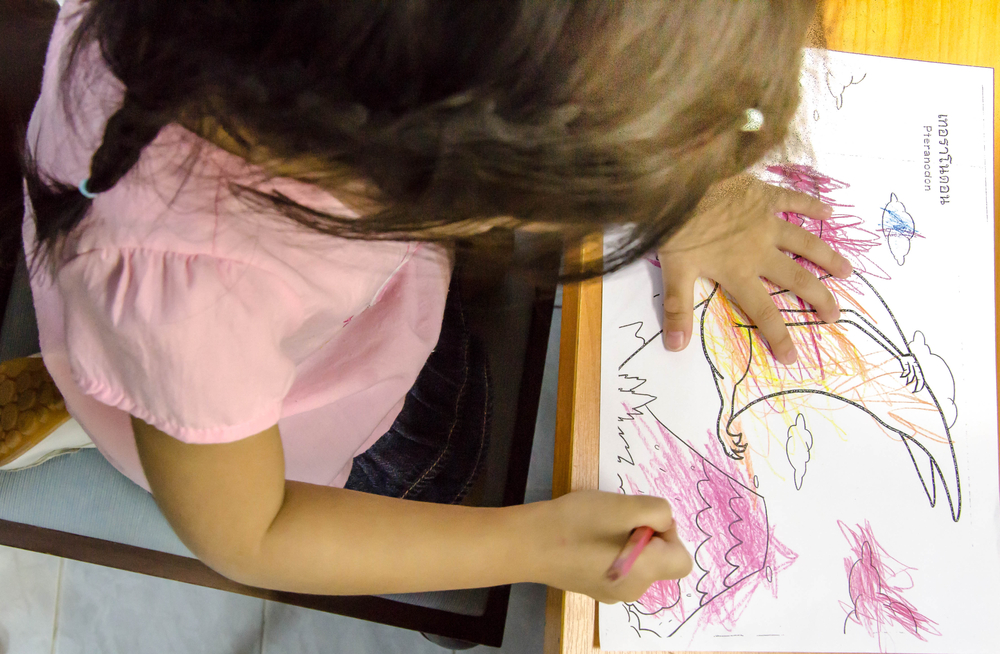
.jpg)
